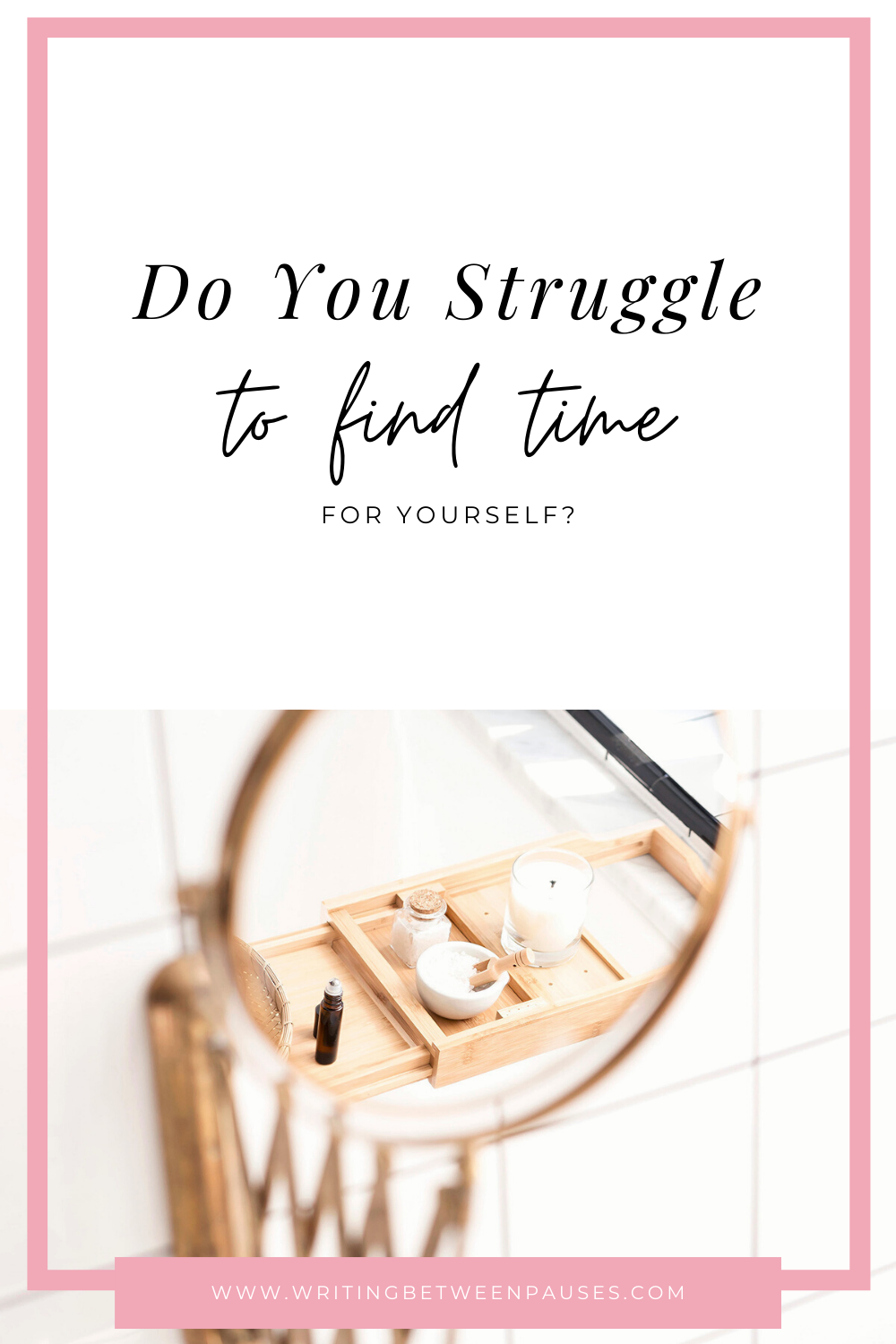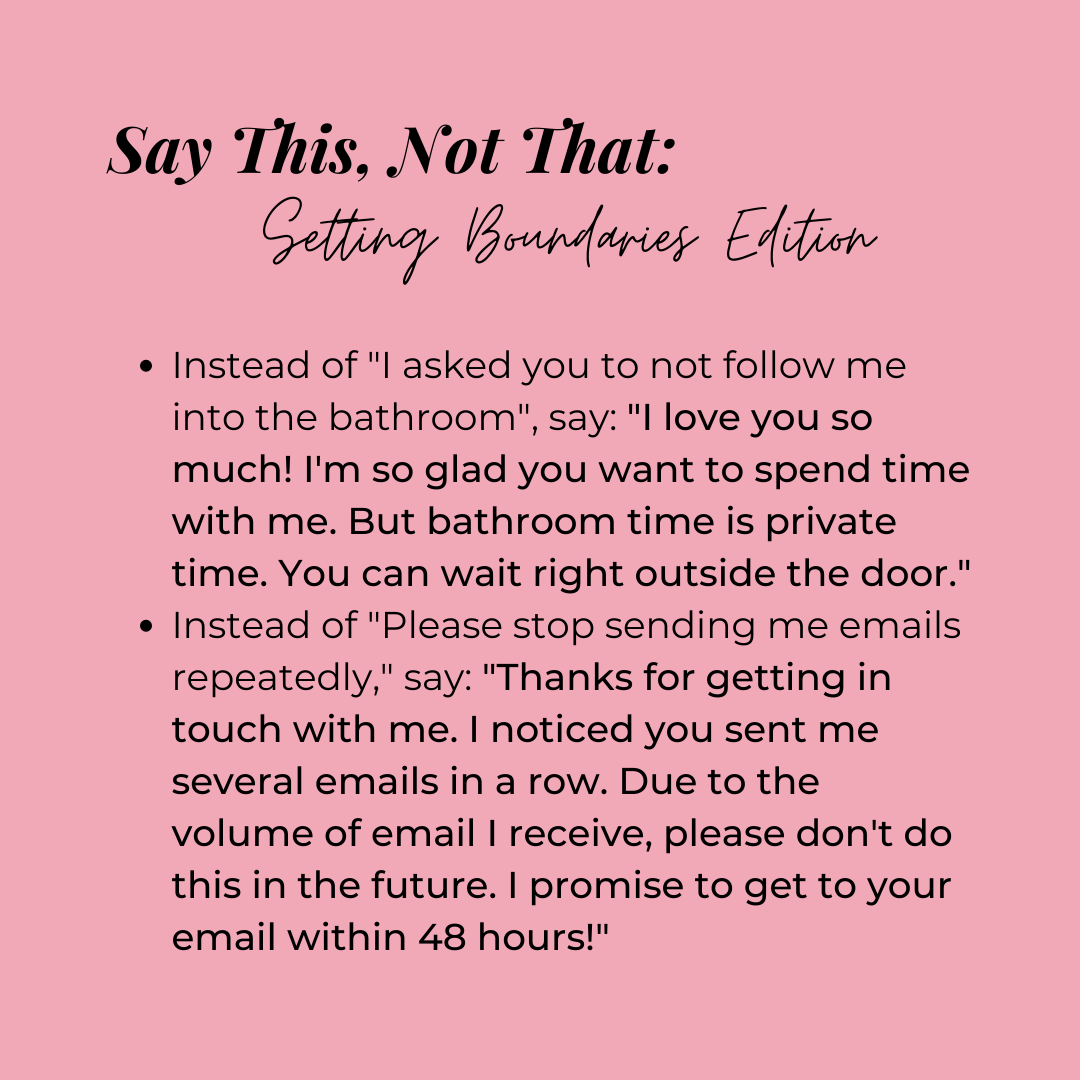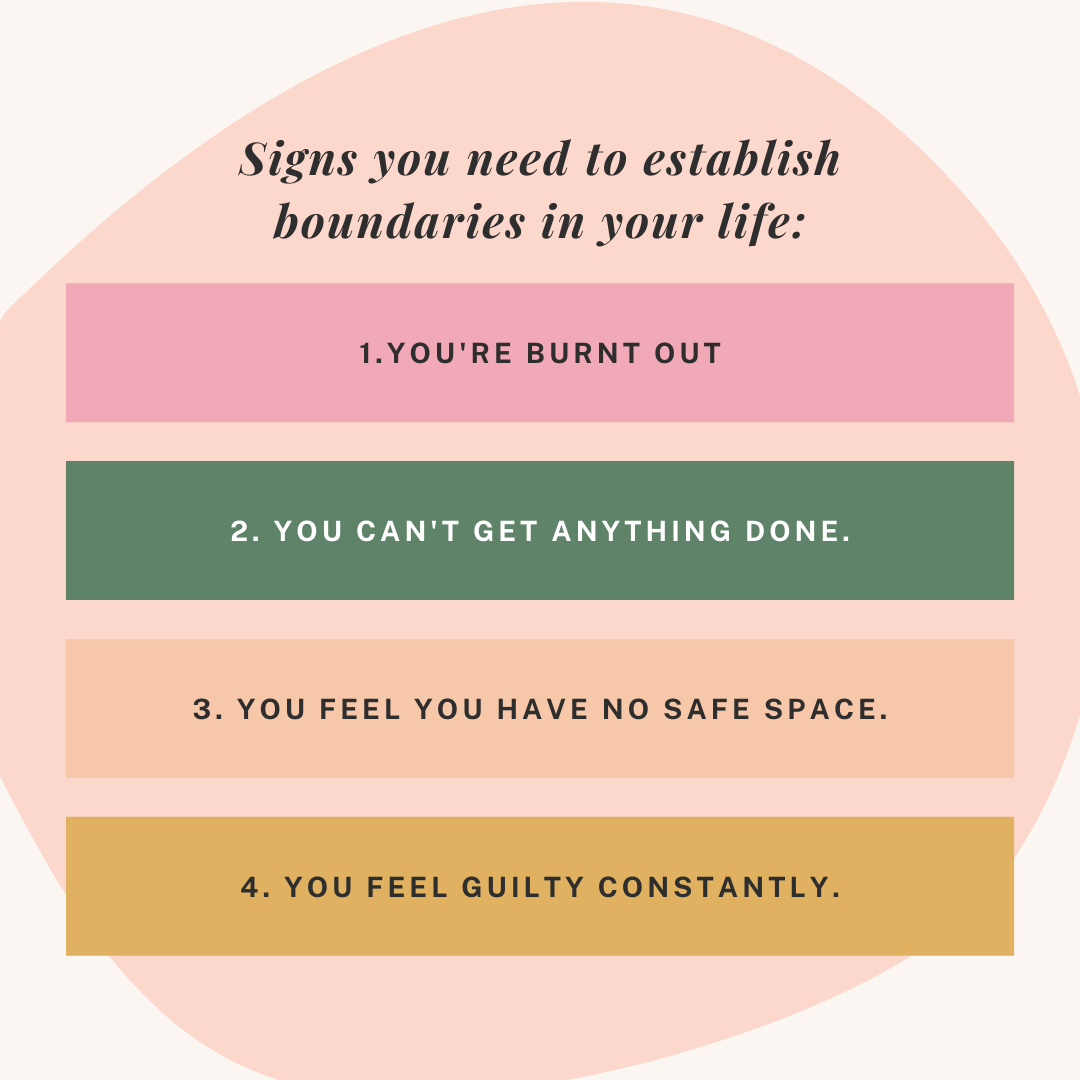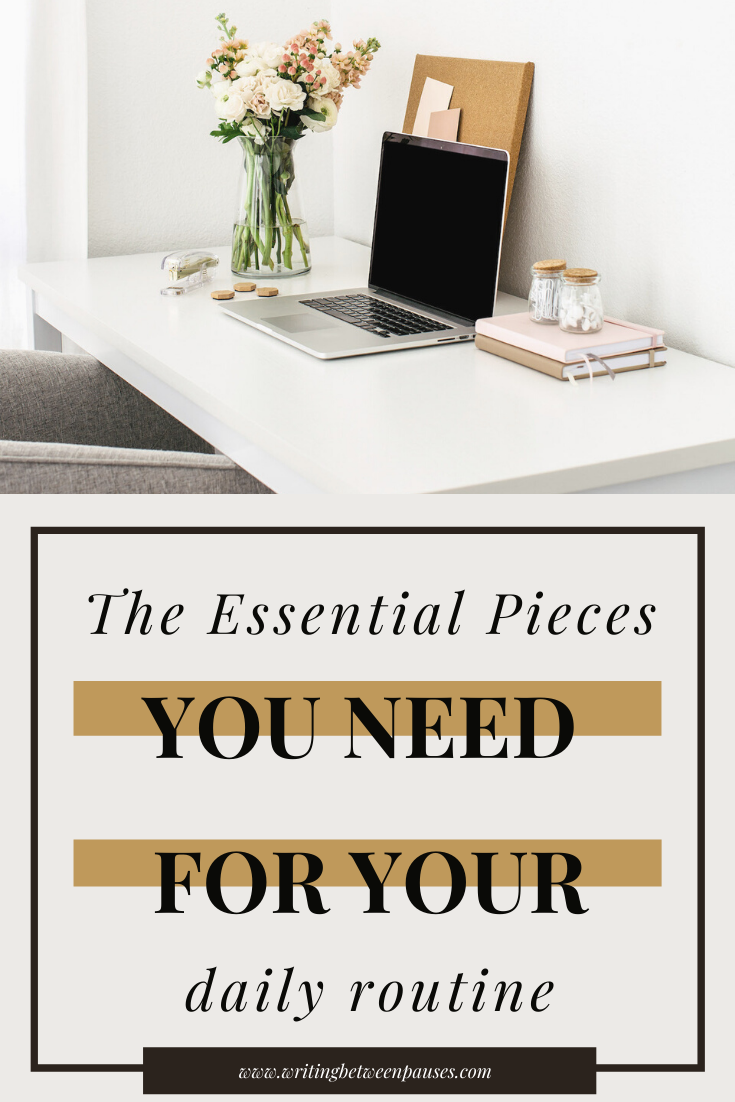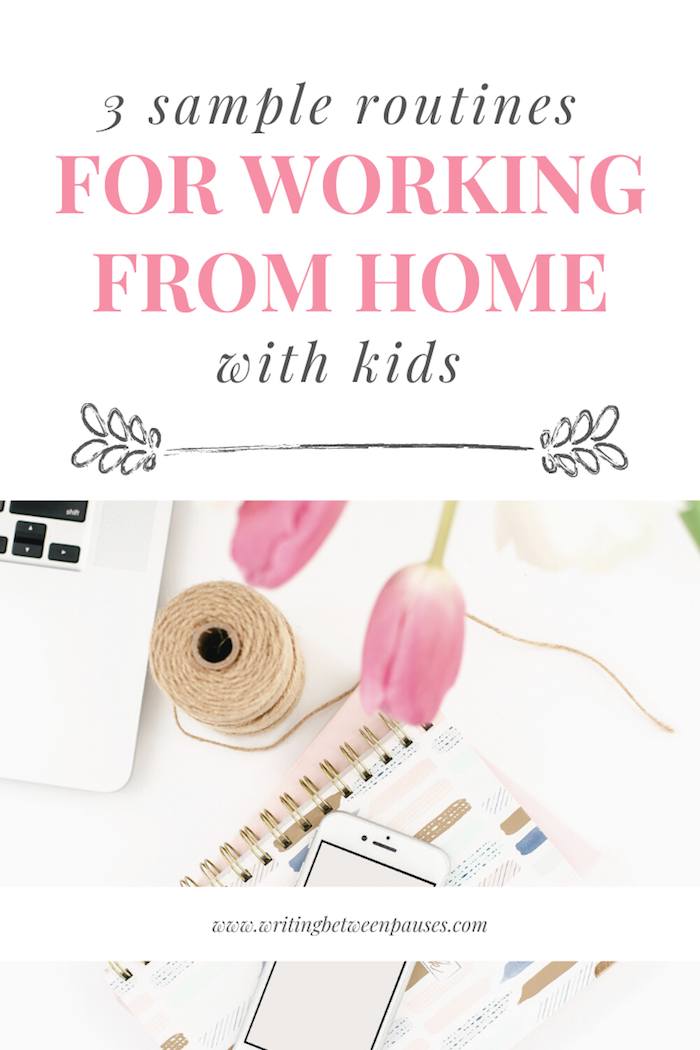For about a year now, my husband and I have been debating when to get our son a phone of some kind. We’re pretty strictly anti-smartphone for under the age of 15—it feels like a driving age thing, right? But with Forrest doing more activities outside the house—coding camps, days with friends, and school—we have both had moments where we think… “I wish I could text Forrest something”. Or, conversely, we want him to be able to get ahold of us if he needs to.
For a year, I’ve been researching Bark, a service for kids that offers monitoring and strict parental controls. I’d heard good things, even great things—partly because they seem to have a very intense influencer program. But we weren’t ever quite ready to give Forrest a full phone.
Recently, Bark released smart watches for kids. They’re relatively affordable—$25 a month for the watch and service—and most kids love smart watches. You can set up contacts, emergency contacts, and parental controls through the Bark app.
This felt like the right choice for us. So I took the plunge and ordered it.
The first thing I’ll say is this: I’m beyond frustrated with Bark’s customer service.
The second thing I’ll say is this: Bark sent me a faulty watch that was unable to connect to the Bark network (T-Mobile), and they blamed it on my internet (?) even though I was actively using the internet to speak to them.
The watch arrived on Friday. I had been working from home with Violet all day and was excited to be able to give something special to Forrest. With a much younger sibling, Forrest sometimes doesn’t get as much attention as he fully deserves.
The instructions that came with the watch were simple: turn the watch on; scan the QR code; and follow the prompts. And yeah, that part was easy. I already had the Bark app downloaded and set up; I added the watch to Forrest’s profile; I added the contacts I wanted him to be able to text and call.
And then… that’s the biggie, isn’t it? What happened next? I sent myself a text from the watch to test and… nothing. It didn’t send. Tried again. Tried again.
What followed was nearly 2 hours of back and forth on Bark’s customer service chat. We re-added the network, I turned the watch off and on 4 separate times. Finally, the customer service rep told me they’d “updated the watch” on their end and I’d have to wait 24 hours to see if it worked. By that point, I was fairly sure they’d sent me a previously used watch that didn’t work. The CSR also told me multiple times that the issue (of the watch not being able to connect to Bark’s mobile network) was because of our internet at home—which didn’t make sense for two reasons, but that’s neither here nor there.
I refused to wait 24 hours. The watch was slow—slow to start up, slow to reset, slow on every single load screen. It was painfully slow to try to troubleshoot. And it was clunky—like way big. I was sure it would look weird on Forrest’s wrist, but he never got a chance to try it on.
I canceled my service barely 3 hours into having it and demanded a refund. The watch is currently back in the box it came in and waiting to be picked up by FedEx.
Since then, I’ve stumbled onto the negative Bark reviews that I didn’t see previously. They break down into a few points that I can attest to:
Incredibly poor customer service that refuses to take responsibility for errors or issues.
Sending out faulty or used equipment without alerting the customer.
Slow load times and outdated, sluggish software used for the Bark OS itself
So that’s what I have to say about Bark. It’s been a monumental waste of my time and money—and I’m still waiting (3 days later) for any kind of response to my request for a full refund.
What are parents, like me, supposed to do? There are some many options but the one Danny and I have returned to is this: getting Forrest a dumb phone on our phone plan. Full disclosure it’s hard to find dumb phones these days, but there are some options. We priced it out and while it would be more expensive than Bark, at least we would know the phone and service work.











